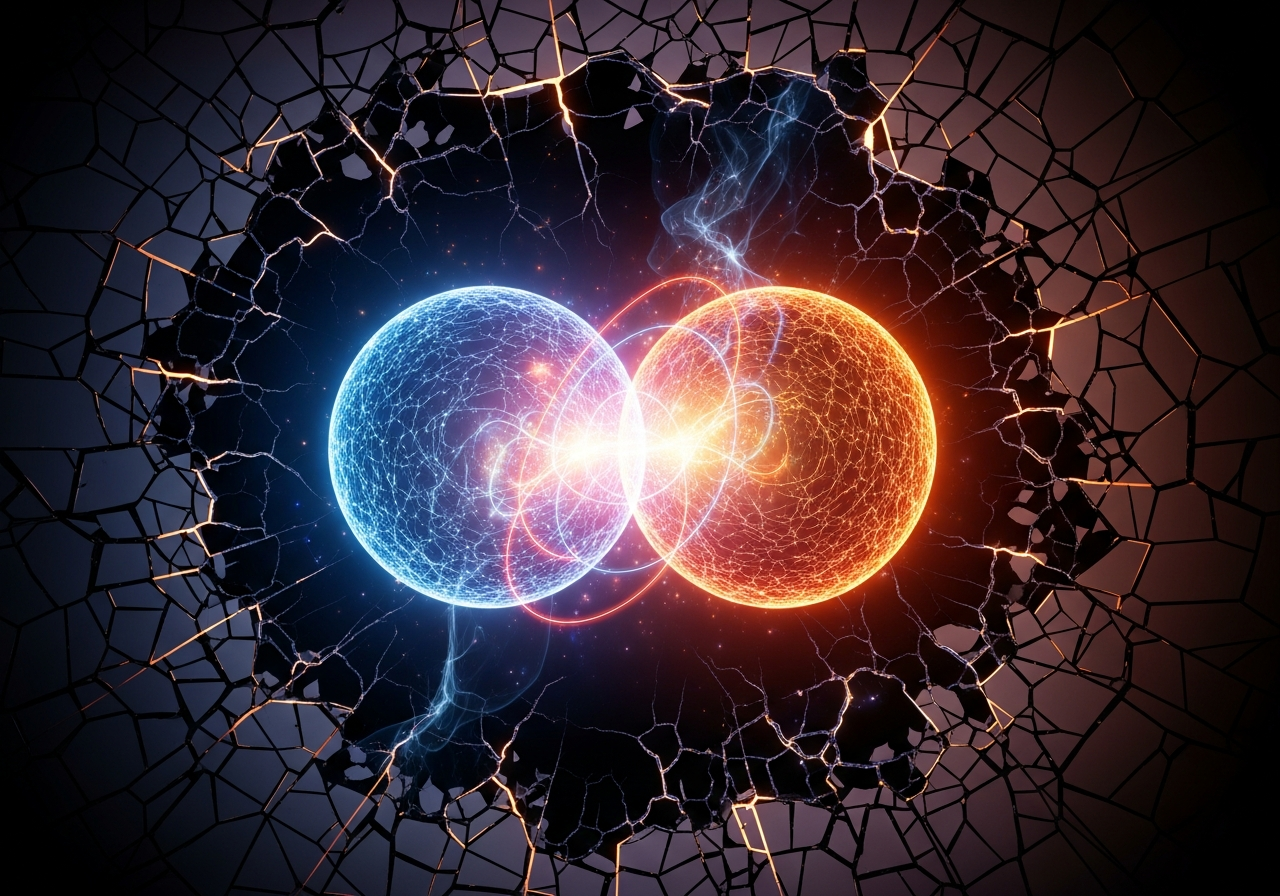Imagine standing at the edge of a reality where the quantum world and our everyday existence intermingle in unexpected ways. Here, particles seem to follow a hidden rhythm, their dance described by what’s known as Rabi oscillations. These oscillations, which occur in two-level systems, lead to transitions that underpin everything from lasers to quantum computers.
Think of electrons as dancers, gracefully moving between states as they interact with electromagnetic fields. It’s not simply an elegant performance, but a fundamental aspect of quantum mechanics, unlocking the mysteries of how particles transition. The concept of Rabi oscillations is vital for comprehending these transitions—bridges between theory and practical technology.
As you delve deeper, consider their role in technological advancements today. Rabi oscillations are essential to the innovation seen in quantum computing and precision measurement technologies. Each oscillation opens new pathways, allowing us to manipulate and control quantum information with a level of precision that turns science fiction into reality. Picture lasers slicing through darkness and qubits operating flawlessly—all thanks to our understanding of these oscillations.
The exploration of Rabi oscillations makes you more than an observer. By grasping these principles, you gain the ability to interact with quantum states, pushing the boundaries of what technology can achieve. Welcome to a universe where knowledge can transform the very landscape of technology and human understanding, all through the lens of quantum mechanics.
This journey through Rabi oscillations is more than a theoretical adventure; it’s a glimpse into potential futures, where technology, science, and our understanding of consciousness evolve together. Dive into this world at your own pace, and see how these principles could reshape our reality. Explore further at Firebringer AI.




